According to the Global Forest Resources Assessment Report published by the Food and Agriculture Organization of the United Nations (FAO) in 2020, in the past 30 years (from 1990 to 2020), the world has lost a huge area of forest, up to 420 million hectares. Although this rate has decreased in recent times, deforestation is still estimated at 10 million hectares per year in the period from 2015 to present. The main reason is the need to expand arable land to produce food, food and other products, which has "swallowed" 90% of the forest area. A significant part of the forest area is even destroyed for legal reasons.
Meanwhile, as one of the world's largest consumer markets, the EU has been contributing to global deforestation through the import of a wide range of related products. With an import turnover of up to 85 billion Euros per year, the EU is consuming a large amount of products originating from destroyed forests. In addition, the Intergovernmental Panel on Climate Change (IPCC) has concluded that deforestation and forest degradation are two of the main factors causing climate change. This shows that the threat from deforestation is growing and requires drastic actions. In this context, the EU's role in protecting forests is extremely important and urgent.
The Intergovernmental Panel on Climate Change (IPCC) has concluded that deforestation and forest degradation are two of the main drivers of climate change.
In July 2019, the EU launched a communications campaign to promote action to protect and restore forests around the world. Then, from September to December 2020, the EU organized a public consultation event with 1.2 million participants contributing their opinions. In October 2020, the Multi-Stakeholder Platform on Protecting and Restoring the World's Forests was held. On November 17, 2021, the European Commission proposed the EU Deforestation Regulation (EUDR). After many negotiations on the EUDR proposal with the European Parliament and the Council of the European Union, the EUDR officially came into effect in June 2023. Accordingly, the EUDR will begin to apply to individuals and organizations from December 30, 2024; for SMEs as well as competent authorities of EU Member States from June 2025.
In the EU-Vietnam Free Trade Agreement (EVFTA), Chapter 13 (Trade and Sustainable Development) includes commitments on sustainable forest management, biodiversity conservation, combating illegal logging and trade in timber and preventing deforestation. Therefore, the preparation and implementation of the EUDR affirms Vietnam's commitment to sustainable development, contributing to promoting the implementation of the EVFTA.
Commitment to sustainability and responsible sourcing
Issued by the EU on June 23, 2023 and applied from January 2025, the EUDR prohibits the import of 7 groups of commodities (coffee, palm oil, timber, rubber, meat, cocoa, and beans) into the EU if the production of these commodities causes deforestation. According to the EUDR, imported commodities are only allowed to circulate in the EU market if they meet the following two conditions: First, the imported product is legal. Legal here means that the production, processing, transportation activities, etc. take place in the producing country in accordance with all the legal regulations of that country. Second, the production process of the product does not cause deforestation, with the deforestation time frame calculated from December 31, 2020.
To demonstrate that a product satisfies both of the above conditions, businesses placing products on the EU market must collect information about the supply chain; from there, propose risk mitigation measures. Information about the supply chain, risk assessment and especially risk mitigation measures must be published by the business in the Due Diligence Statement. Large-scale businesses have 18 months and small-scale businesses have 24 months from the date the EUDR comes into effect to prepare the information.
Before the EUDR officially comes into force (18 months after the EUDR is published), the EU will compile information on which it will classify countries and regions producing these commodities into high, medium or low risk countries and regions in terms of their relation to deforestation and forest degradation. During the classification process, the EU will consult with countries in order to achieve objective classification results.
According to Article 16 of the EUDR, the EU authority will inspect at least 9% of the total annual import volume and 9% of the total number of importing companies if the imported goods originate from a country or region of production classified by the EU as high risk. Conversely, the authority will only inspect a minimum of 1% of importers if the goods are imported from a country or region of production classified as low risk.
The main criteria applied by the EU to classify countries and regions according to their risk level include: (i) the rate of deforestation and forest degradation in this country or region; (ii) the rate of expansion of agricultural land area for related products; (iii) production trends of related products.
In classifying countries and regions of production, the EU may also consider a number of important factors such as the country's efforts to reduce greenhouse gas emissions from agricultural and forestry activities, the international commitments it has made to address deforestation and forest degradation, in particular cooperation agreements with the EU, and finally whether the country is actively participating in the carbon market mechanism as stipulated in the Paris Agreement on climate change.
Vietnamese agricultural products affected by EUDR
Although the risk of deforestation related to the production of the three commodities of coffee, wood and rubber in Vietnam is not large, due to the generally stable cultivation area, there are still some problems in the supply chain that hinder traceability, affecting the results of the EU's risk assessment and classification by country and production region.
Currently, most of the land used for coffee cultivation is agricultural land allocated by the State to households for long-term use. Although up to 40% of the coffee growing area in Vietnam has been granted sustainable production certificates, there are areas that have been expanded on forest land since 2003 and still do not have land use certificates.
Regarding planted forest wood, the country currently has 3.5 million hectares of production forest, with 1.1 million households participating in planting production forests, providing 60% of the total annual supply of planted forest wood (over 24 million m3 in total), the rest is from forest planting enterprises. Currently, over 60% of forest planting households have received land use certificates. Most state forestry companies have land use certificates. However, the area of production forests with sustainable certification currently accounts for less than 10% of the total production forest area.
Currently, the three industries of coffee, wood, and rubber have some common characteristics. First, farmers play a key role in the first stage of the chain. Second, production land is relatively fragmented; third, the supply chain is often long, with many participants.
Regarding the rubber industry, the total area of rubber trees in Vietnam is currently about 918 thousand hectares, with about 300 thousand smallholders participating in planting on the area and the supply volume accounts for over 50% of the total area and total supply volume of the entire industry. The rest is due to nearly 100 state-owned companies, mainly belonging to the Vietnam Rubber Group and the People's Committees of the provinces. The land allocated to state-owned rubber companies mostly has "red books", but there is currently no information on the status of land use certificates of rubber growers.
The consumption of coffee, wood, and rubber all depend on a large team of buyers and traders operating at many different levels, such as villages, communes, districts, provinces, etc.
Activities at intermediate stages are complicated and do not comply with State requirements. The difficulty in VAT refunds of export enterprises using input materials of these items, especially wood products in recent times, is a typical example of the complexity and non-compliance with legal requirements of the stages in the chain.
Classifying production area risks, minimizing challenges for export enterprises
Before the EUDR officially comes into effect, Vietnam needs to proactively establish a direct connection channel with the EU to provide information and discuss classification criteria to unify national classification criteria. This will help reduce challenges for Vietnamese enterprises exporting these products in the future.
Immediately after the EUDR was issued, the Vietnamese Ministry of Agriculture and Rural Development held many meetings with the EU and issued an EUDR Adaptation Action Plan Framework. This plan emphasizes aspects such as strengthening monitoring of high-risk areas, proactively communicating with the EU, building a national database, reviewing field maps, raising awareness, etc.
However, according to experts, there needs to be more participation from all relevant parties, such as the Ministry of Industry and Trade, the Ministry of Natural Resources and Environment, the People's Committees of provinces and cities, businesses and associations of the three industries. Therefore, a working group should be established to prepare information and conduct dialogue with the EU with the full participation of representatives of relevant parties.
Consensus and initiative from all stakeholders will be the decisive factor for success in contributing to promoting the EU to have objective assessments of Vietnam in terms of risk aspects when classifying countries and production regions.
In addition, management agencies and industry associations need to conduct a comprehensive review and assessment of the supply chains of the three above-mentioned industries. On that basis, develop and implement solutions to enhance the sustainability and transparency of the supply chain, focusing especially on factors such as origin, geographical location and traceability. Thereby, proactively providing detailed and accurate information on the current status of these three products, contributing to improving the EU's understanding of these Vietnamese industries.
The implementation of the EUDR is a big challenge but also an opportunity for Vietnam to improve its management process and increase the value of its export products. Through specific actions and a closely coordinated strategy, Vietnam is fully capable of meeting the requirements of the EU as well as other major export markets in the future. The consensus and initiative of all stakeholders will be the decisive factor for success in contributing to promoting the EU to have objective assessments of Vietnam in terms of risk aspects when classifying countries and production regions. This is not only important for meeting the requirements of the EUDR, but also to prepare for meeting the requirements in other major export markets of Vietnam such as the United States, the United Kingdom, Japan, Canada, Australia, etc.
Source: https://moit.gov.vn/phat-trien-ben-vung/thich-ung-voi-quy-dinh-cua-eu-ve-chong-mat-rung-bai-1-de-cao-vai-tro-quan-ly-nha-nuoc.html


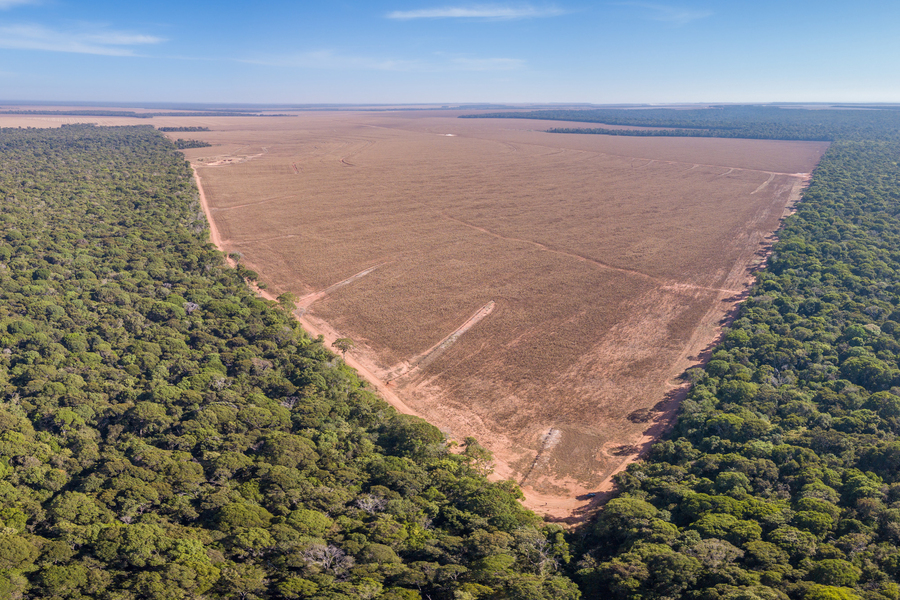
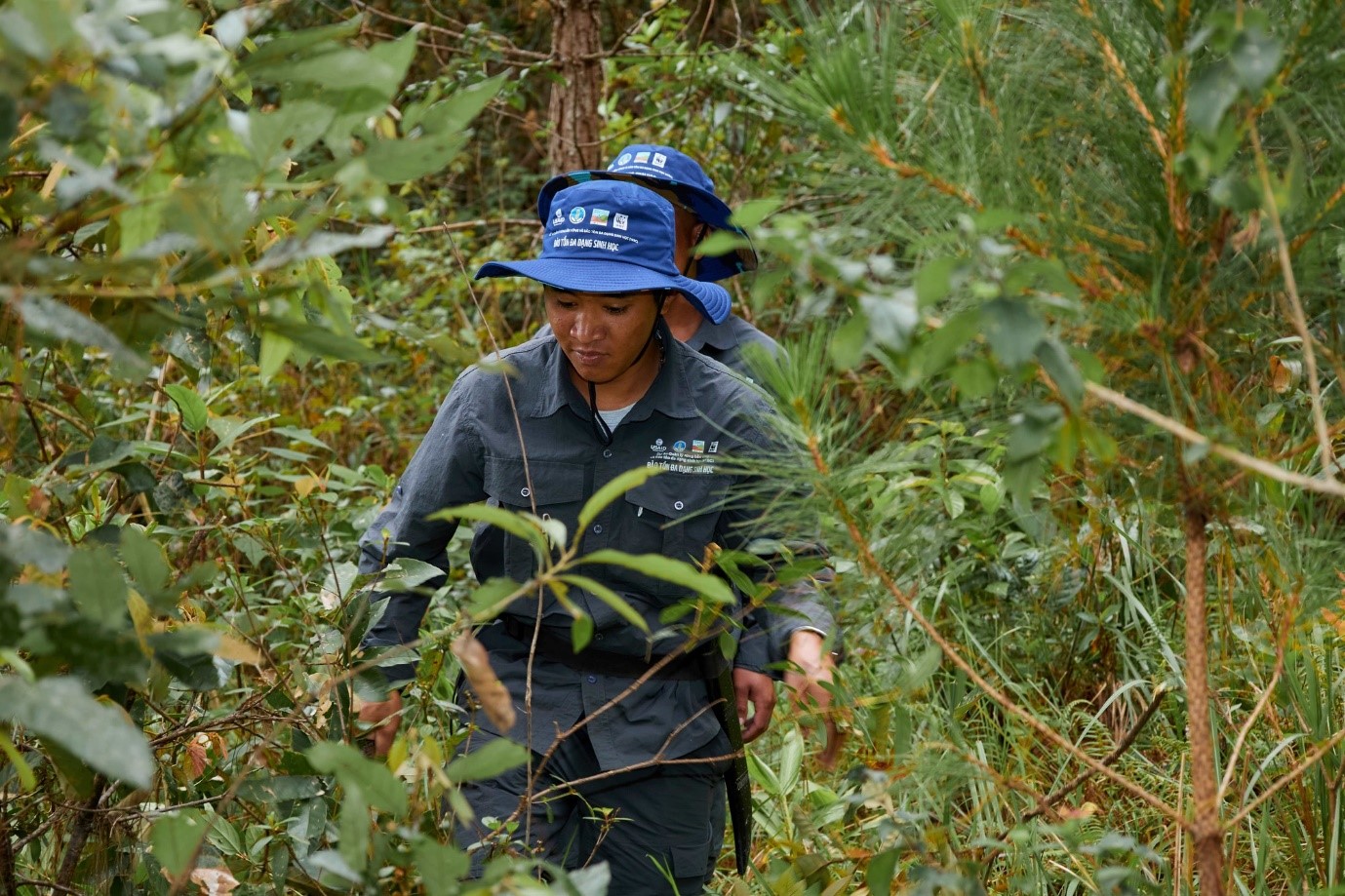
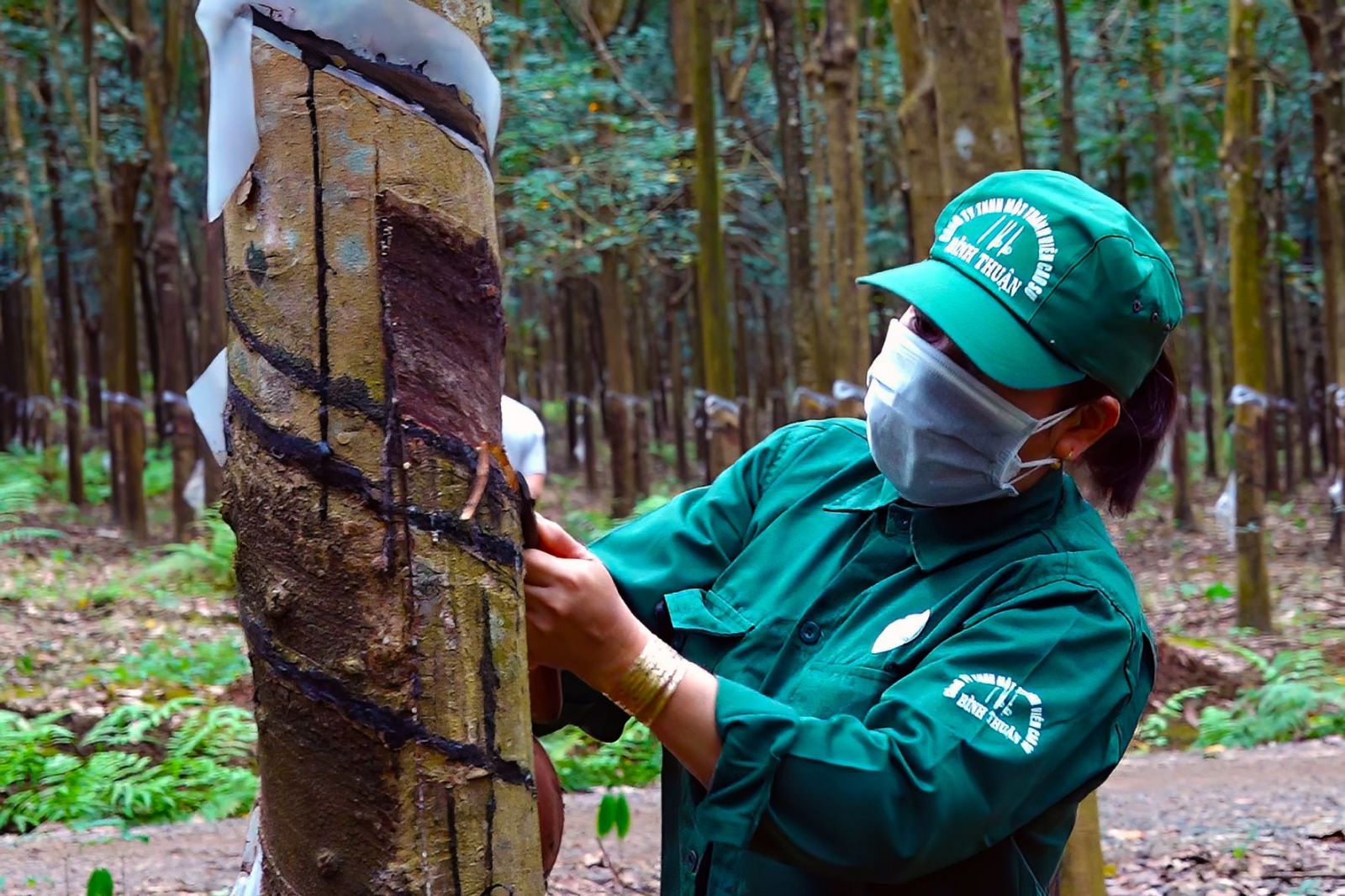
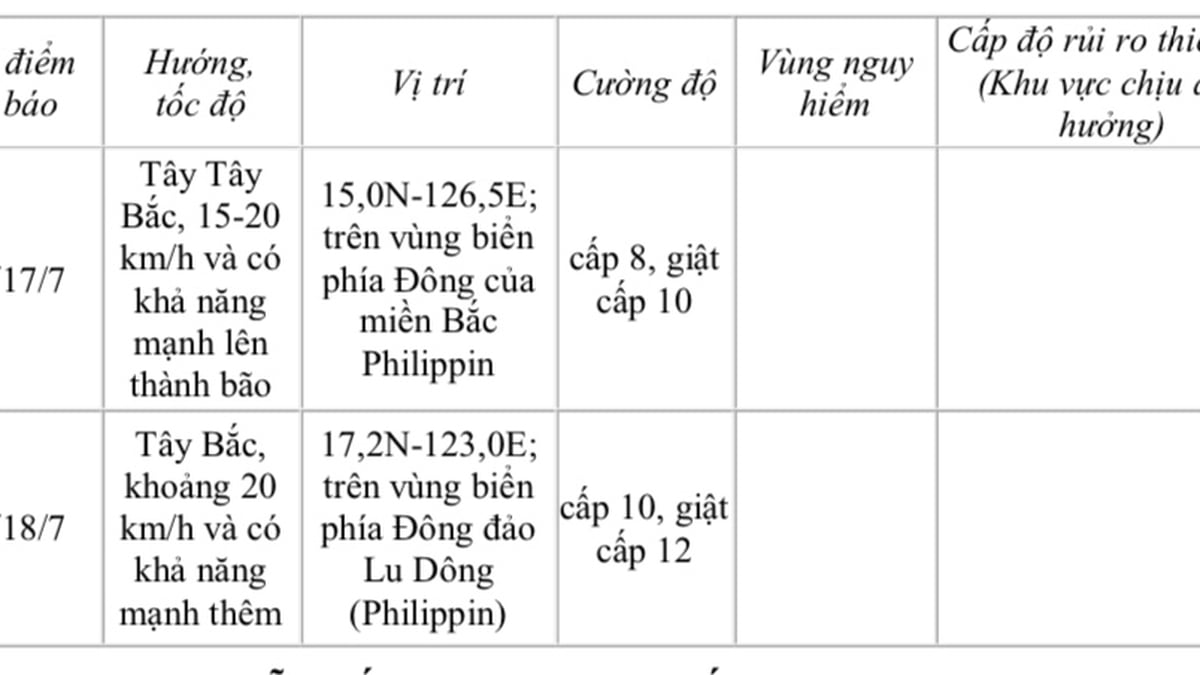
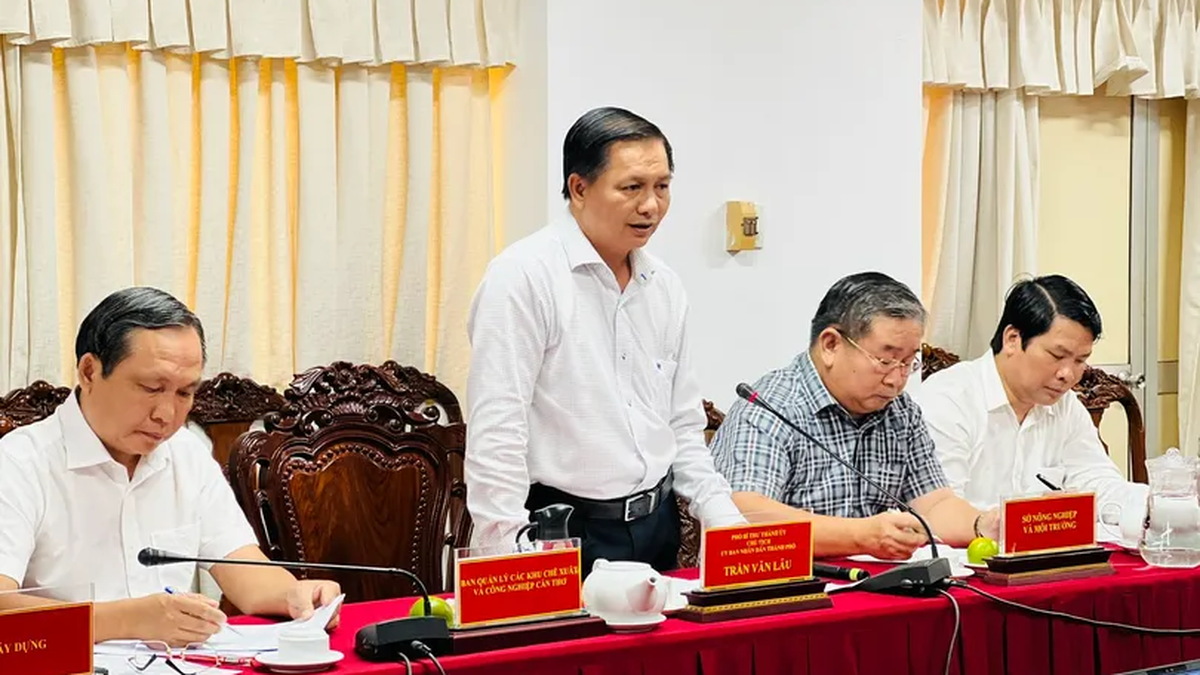
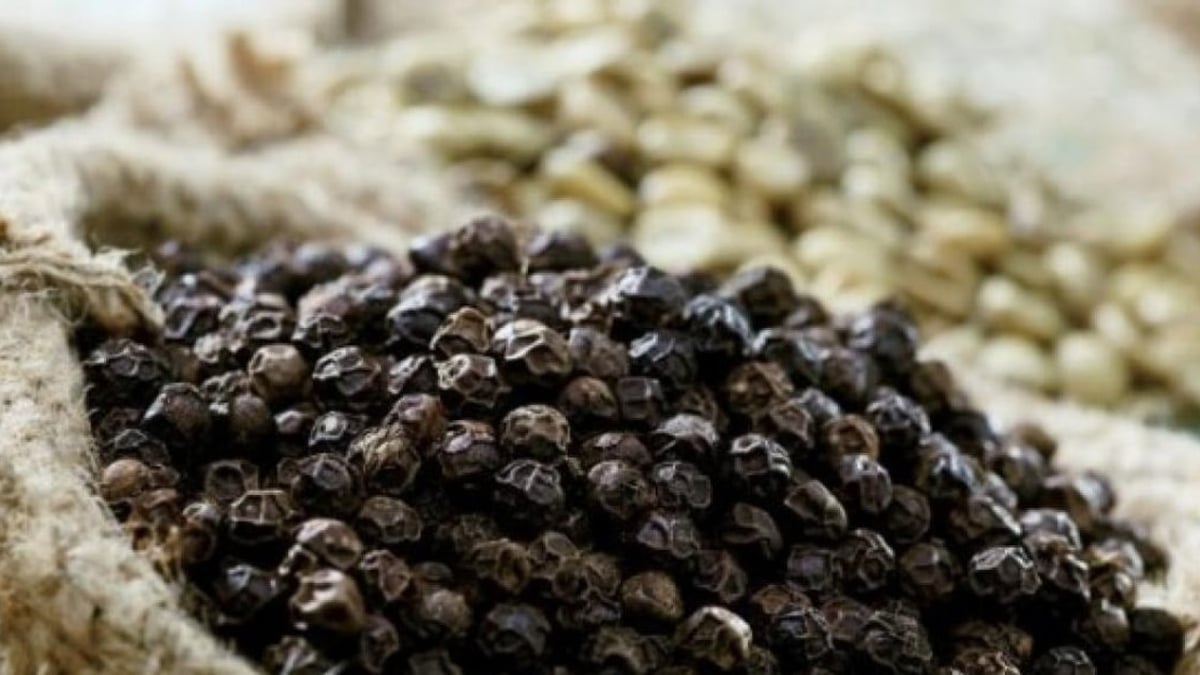


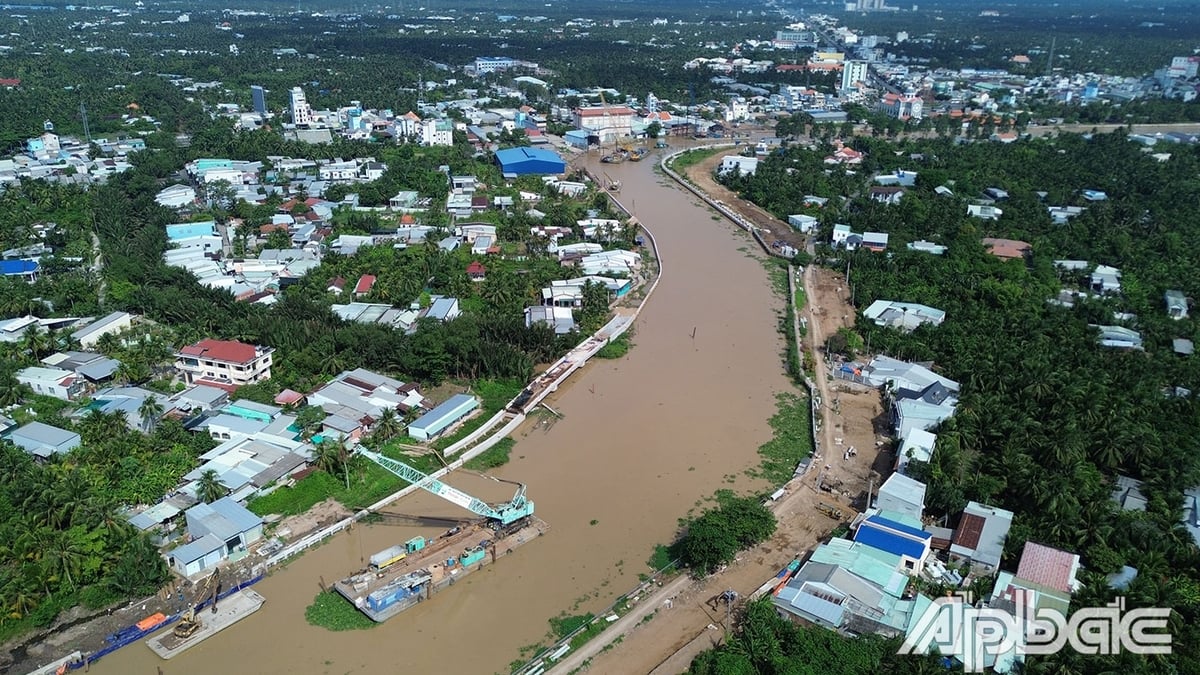












































![[Maritime News] More than 80% of global container shipping capacity is in the hands of MSC and major shipping alliances](https://vphoto.vietnam.vn/thumb/402x226/vietnam/resource/IMAGE/2025/7/16/6b4d586c984b4cbf8c5680352b9eaeb0)













































Comment (0)